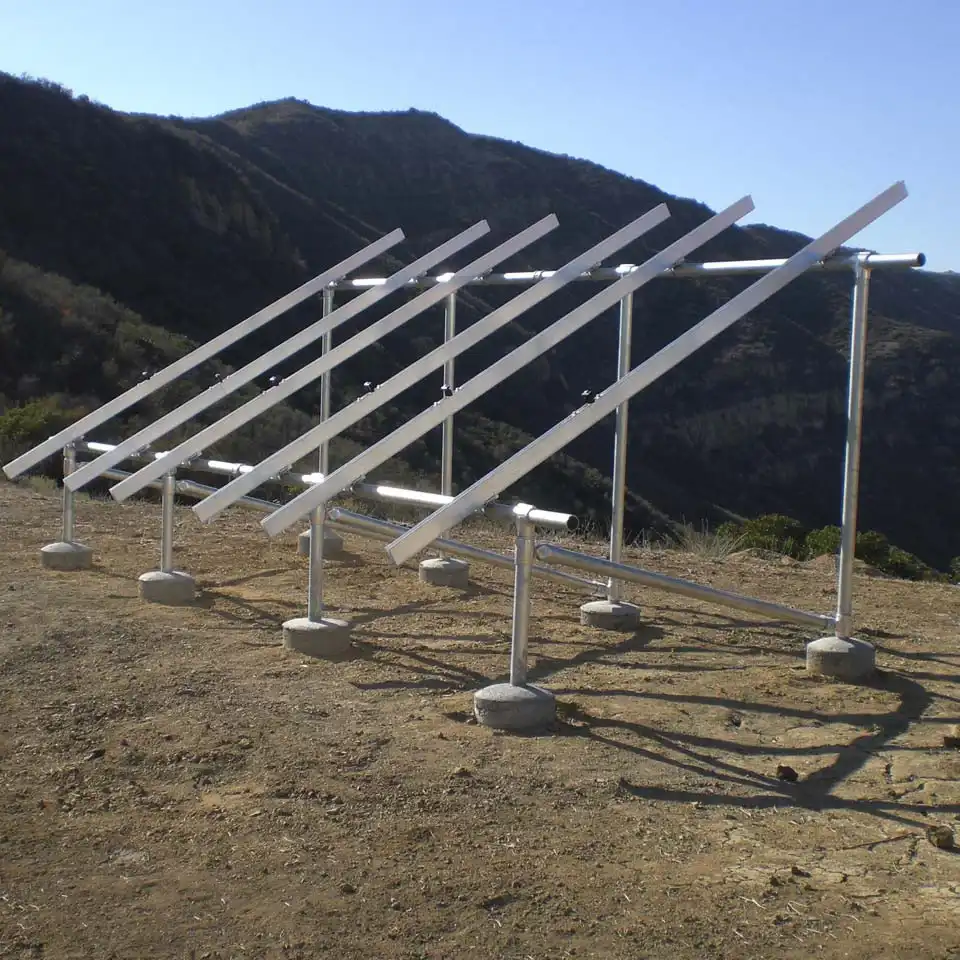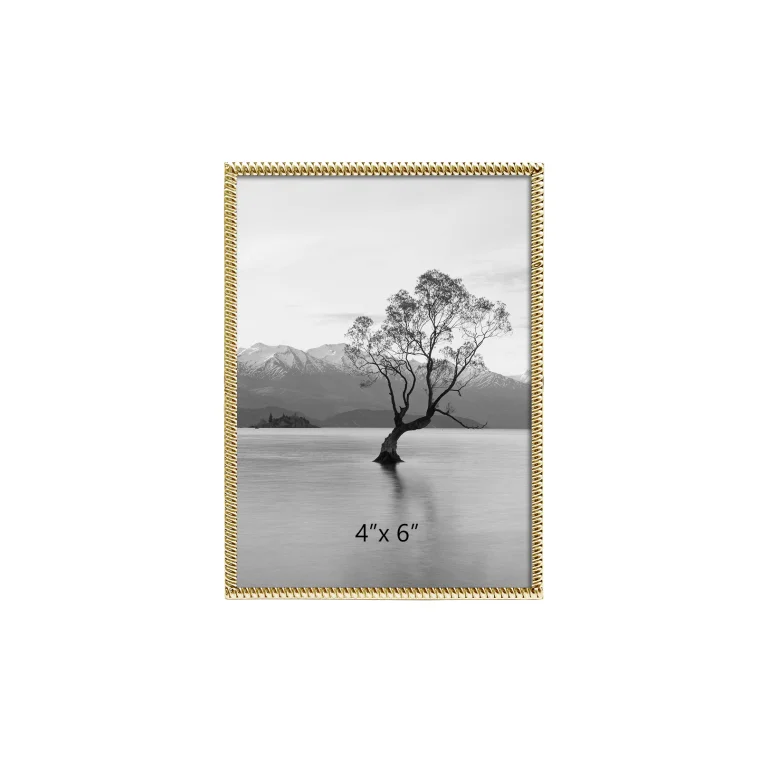In the realm of automotive engineering, the fuel pump plays a crucial role in delivering fuel from the tank to the engine. Among the various types of fuel pumps, the mechanical fuel pump stands out due to its simplicity and reliability. In this blog post, we will delve into the intricate workings of a mechanical fuel pump, exploring how it is driven and its significance in the overall functioning of a vehicle.
- Understanding the Basics of a Mechanical Fuel Pump:
Before we dive into the driving mechanism, let's first grasp the fundamental components and purpose of a mechanical fuel pump. Comprising a diaphragm, valves, and a lever arm, this pump is responsible for drawing fuel from the tank and delivering it to the carburetor or fuel injection system. Its primary function is to maintain a consistent fuel supply, ensuring optimal engine performance. - The Camshaft Connection:
One of the key aspects of driving a mechanical fuel pump lies in its connection to the engine's camshaft. The camshaft, responsible for controlling the opening and closing of the engine's valves, also drives the fuel pump through a camshaft lobe. This lobe, specifically designed for the fuel pump, engages with the lever arm, initiating the pumping action. - Lever Arm and Diaphragm Movement:
As the camshaft lobe rotates, it pushes against the lever arm, causing it to pivot. This movement is transmitted to the diaphragm, which is connected to the lever arm. The diaphragm, made of a flexible material, undergoes a reciprocating motion, creating a pulsating effect within the fuel pump. This pulsation draws fuel from the tank and propels it towards the engine. - Valves: Ensuring Efficient Fuel Flow:
To ensure a unidirectional flow of fuel, mechanical fuel pumps incorporate valves. These valves, typically in the form of flaps or discs, allow fuel to enter the pump during the suction stroke and prevent backflow during the compression stroke. The precise timing and operation of these valves are crucial for maintaining a steady fuel supply. - Fuel Pressure Regulation:
Apart from delivering fuel, mechanical fuel pumps also play a role in regulating fuel pressure. A pressure relief valve, integrated into the pump, ensures that the fuel pressure does not exceed the required level. This mechanism prevents damage to the carburetor or fuel injection system and maintains optimal fuel delivery.
Conclusion:
In conclusion, the driving mechanism of a mechanical fuel pump relies on the camshaft's interaction with a lever arm, which in turn moves the diaphragm to create the necessary fuel flow. Understanding the intricacies of this process is vital for automotive enthusiasts and professionals alike. By comprehending the mechanics behind a mechanical fuel pump, we gain insight into its significance in maintaining a reliable and efficient fuel supply to the engine.




